
When the dog days of summer roll in, many of us head inside and crank up the air conditioning, others head to the beach, looking for the cool breezes coming off the ocean. Still, others head to the leaf-shaded canopy and cooler heights of the mountains.
Unfortunately, when it comes to your plants, there’s no getting away from the blazing hot days of high summer.
Heat stress can take a serious toll on the health of your garden, sometimes shutting it down for good.
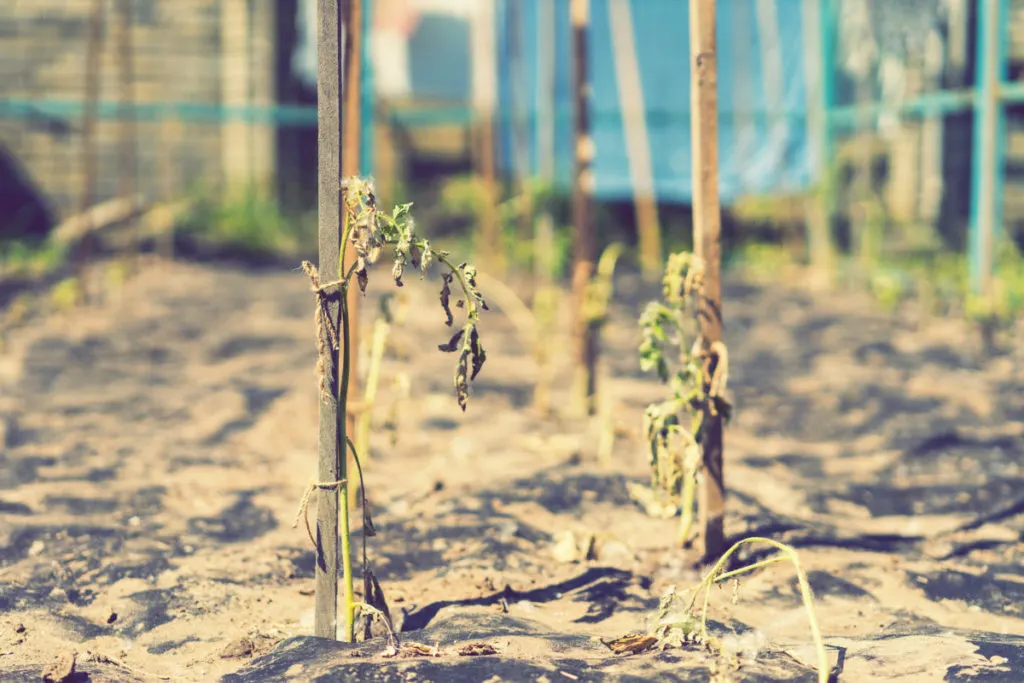
But don’t worry, when the temperatures spike up into the 90s and above, there’s still plenty you can do to protect your vegetables from the effects of heat stress.
Recognizing Heat Stress
Generally speaking, it’s not too hard to figure out when plants are suffering from heat stress. You’ll already be aware of extremely hot weather and an extended lack of rain.
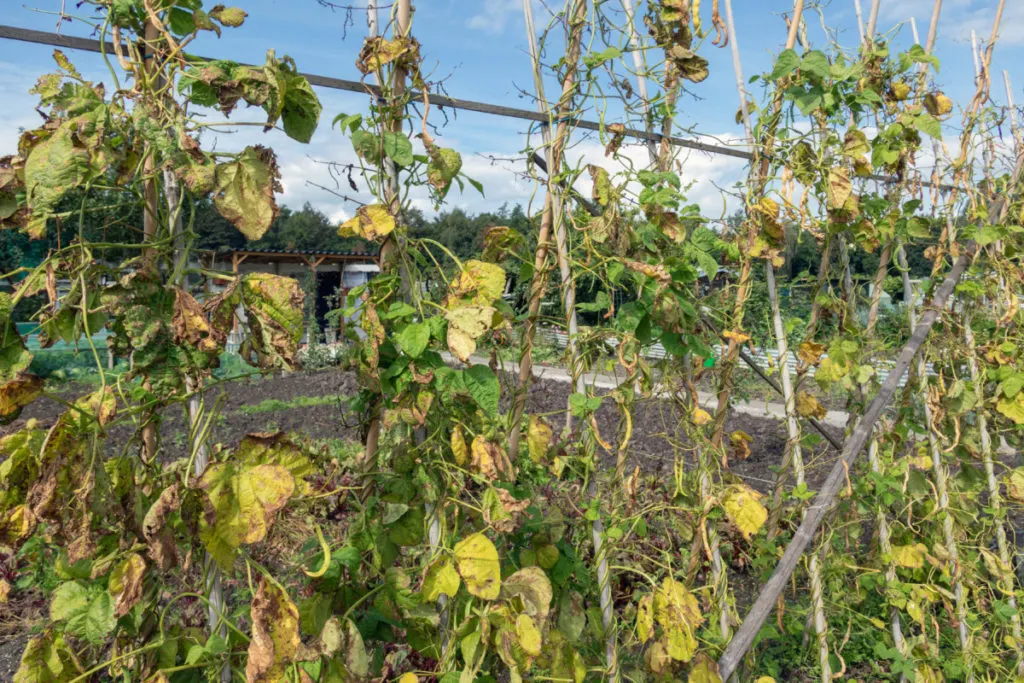
A wilting plant is a sure sign of heat stress.
Plants naturally cool themselves through a process called transpiration. The roots take up water which is then circulated through the plant to regulate the temperature. Eventually, the water is released again into the air through the leaves.
When temperatures soar, the roots of a plant can’t keep up with the excessive transpiration needed to cool the plant, and it will begin to wilt.
Further heat stress can cause yellowed leaves, which eventually turn brown and crunchy. Some plants will even drop their leaves in extreme heat.
If action isn’t taken quickly, the plant will die.
Here are ten things you can do to protect your plants this summer when the temperature skyrockets and there’s no rain in sight.
1. Inoculate with Mycorrhizae
A plant with a healthy root system will be able to take in more water and nutrients from the surrounding soil. A plant with a healthy root system nearly 600 times larger than that will have a much easier time during periods of extreme heat and drought.
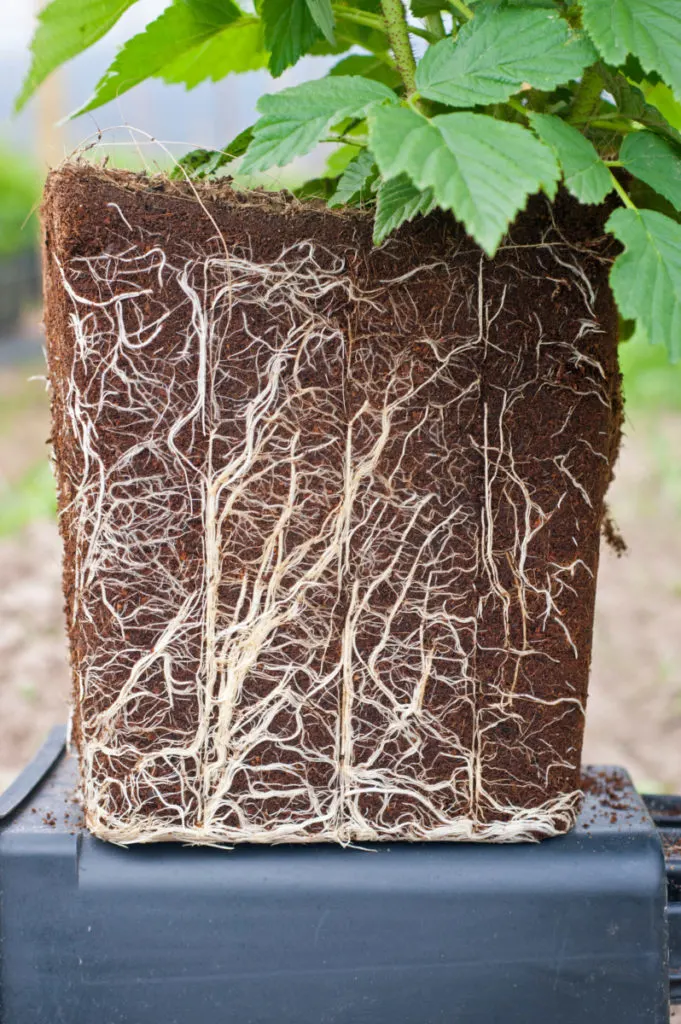
When the weather isn’t as harsh, you don’t need to water as often either.
Mycorrhizae are beneficial fungi that merge with plants’ existing root system, making the whole network larger – often hundreds of times larger than plants without these beneficial fungi.
The fungi also break down nutrients in the soil, making them available to the plant immediately. This is key in extreme temperatures when a plant may not have the extra energy needed to break down nutrients.
This is my first year using mycorrhizae in my garden, and I’m beyond impressed. I will never have another garden without inoculating with mycorrhizae. Read more about using mycorrhizae in the garden here.
2. Water in the Morning
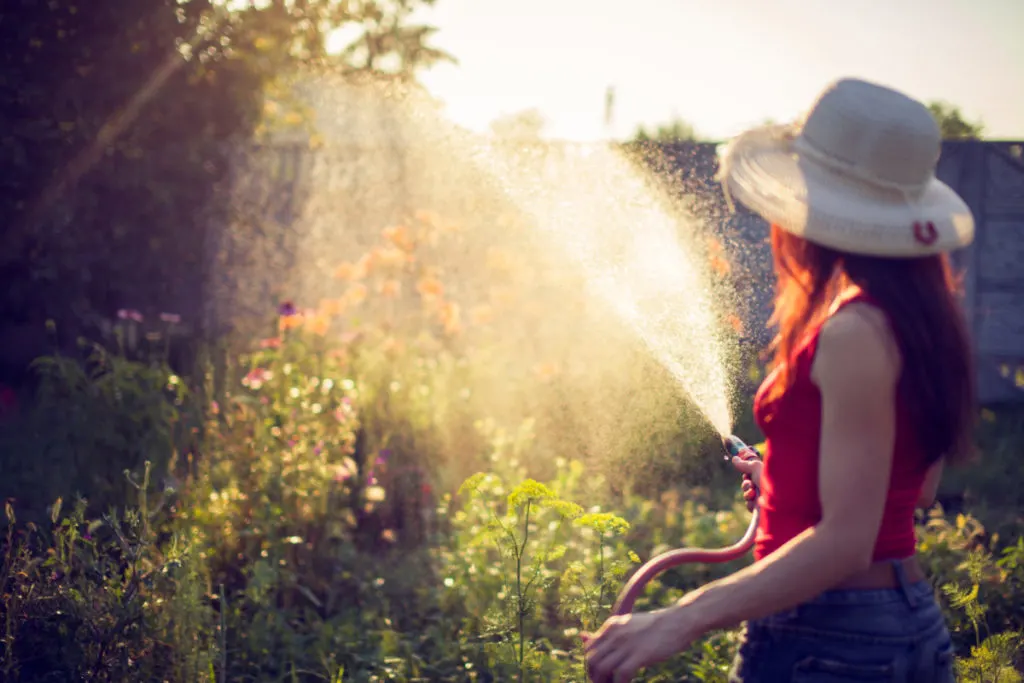
While there is much debate over when is the best time of day to water your plants, during the hottest periods of summer, the answer is clear – morning.
The earlier, the better.
Water first thing in the morning when the air is still cool (or at least cooler than the rest of the day), and more water will be absorbed into the soil rather than lost to evaporation.
3. Water Deeply Instead of Frequently
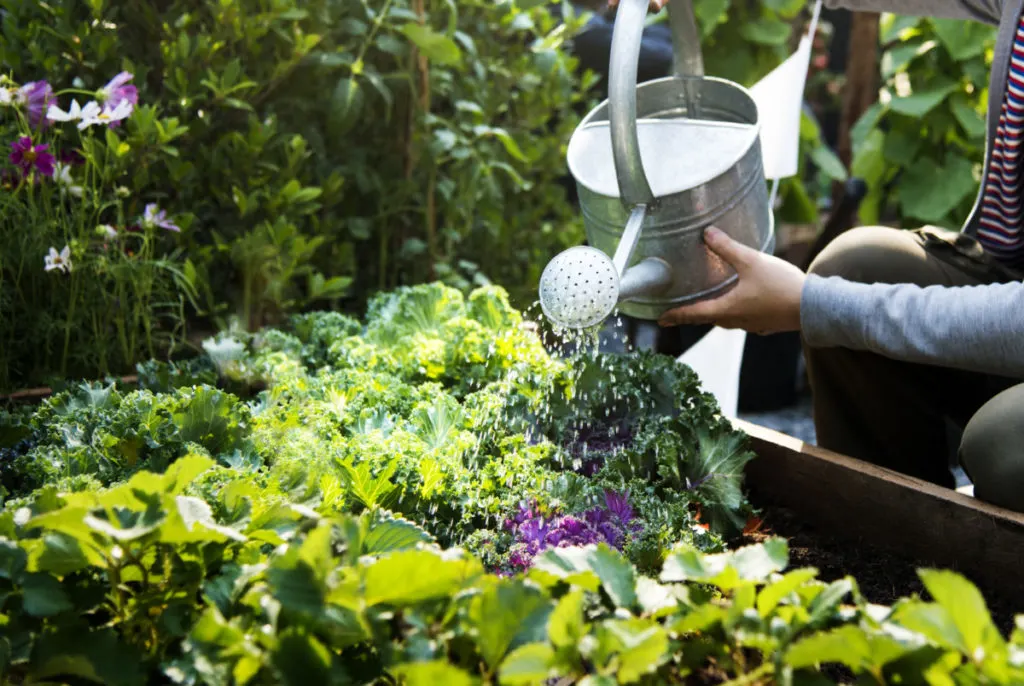
For many people, these times of extreme heat often come with ordinances preventing them from watering their garden. When you’re allowed to water, it’s best to water deeply rather than a quick watering more frequently.
When the ground is so dry that water runs off, it’s even more important to make sure you’re watering deeply.
The best way to do this for your garden is to hand water each plant at its base. I keep a chopstick in my gardening bucket and use it to poke holes in the dirt when it’s very dry. This ensures water is going directly down to the roots.
4. Keep the Water in Place
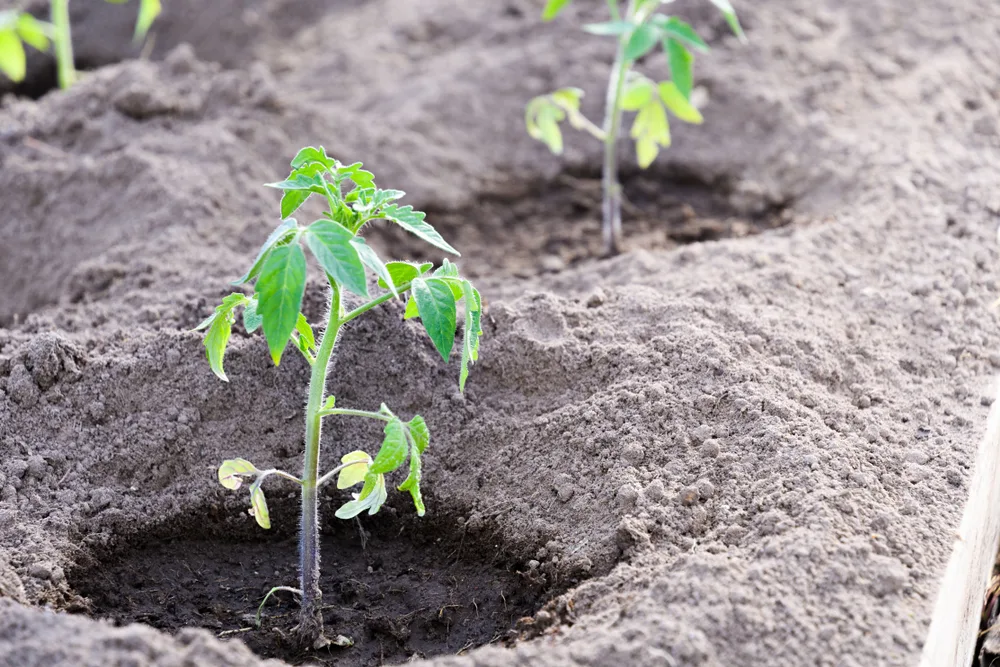
Here’s another simple trick to make sure your water isn’t wasted, and it ends up right where it’s supposed to. And it won’t cost you a thing.
Using your hands, scoop up a circular ridge of soil around the base of your plants using the surrounding soil. When you water the plant at its base, the ridge will hold the water in place, so it soaks into the root zone.
If it’s still early in the season and your plants are still small, slip an old yogurt container with the bottom cut out, or the rim of a terra cotta pot (minus the bottom), into the ground to form a ring around the plant. When you water, this structure will ensure the water stays close to the base of the plant as it seeps into the ground.
5. Mulch, Mulch, Mulch
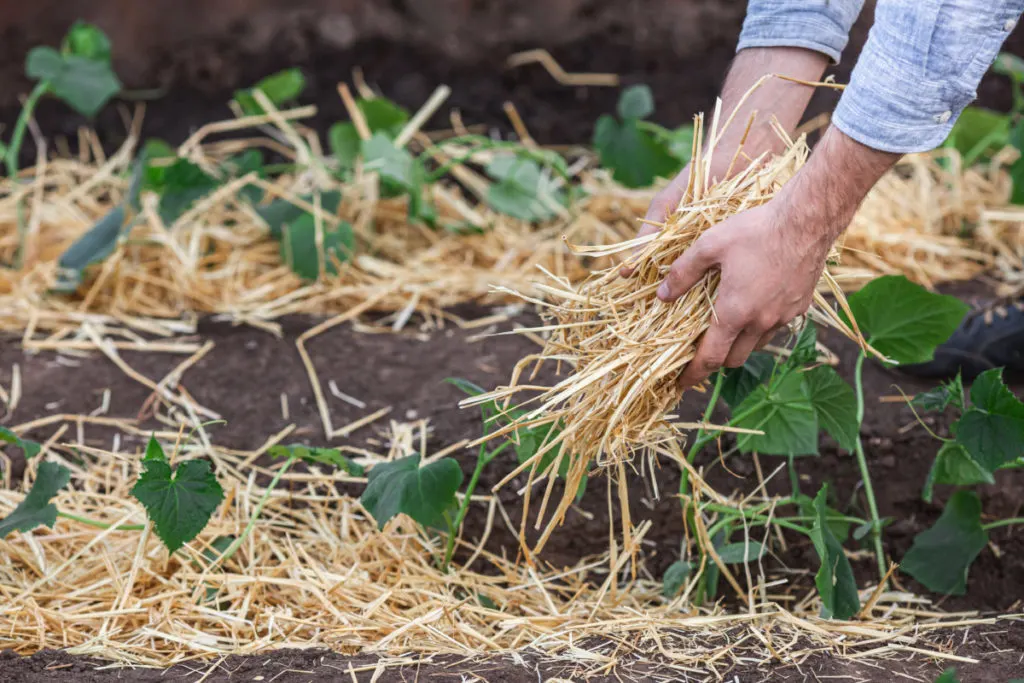
If you didn’t mulch the base of your plants at the beginning of the season, do it now. Mulching locks extra moisture into the soil by slowing evaporation. Again, when the weather breaks, this means less watering normally.
Not sure which mulch to use? No problem. Here are 19 Types of Garden Mulch and How to Use Them.
6. Container Gardens Require Extra Care
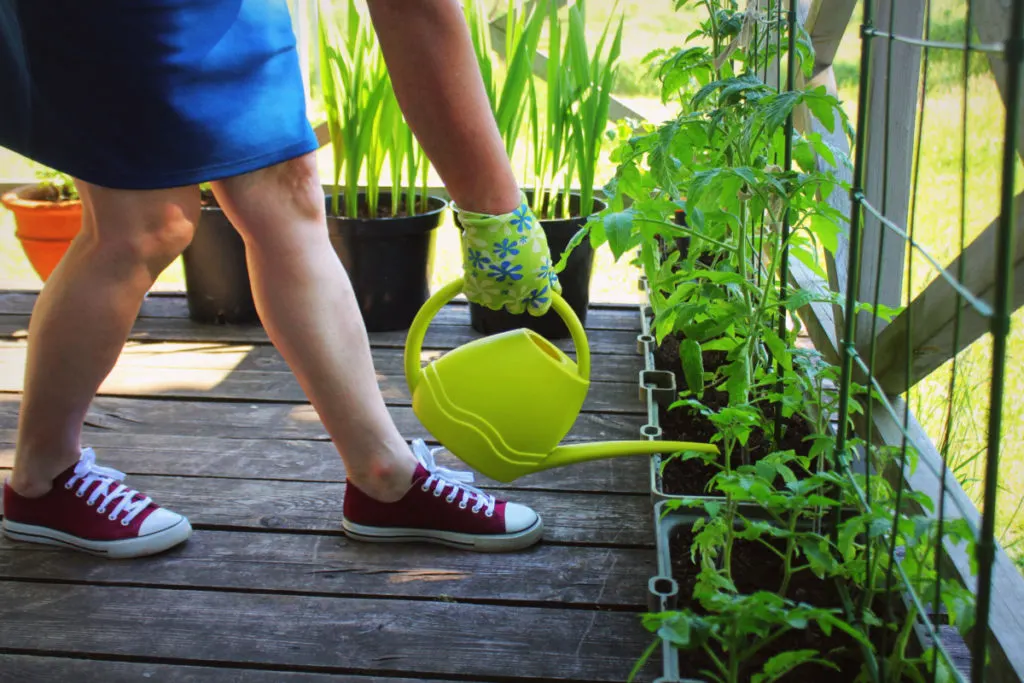
When the mercury climbs, potted plants and container gardens are the first to show signs of stress. These types of planting environments require more frequent watering normally. But it’s even more important to check in on these plants more often during a heatwave.
Check containers at least twice a day, especially if it’s windy as well as hot.
Plants in these growing conditions can go from fine to dead much quicker than a plant with a root system in the cool earth. Sometimes it only takes one hot day with no water.
Water container plants twice a day, and be sure the water is soaking into the soil.
If the soil has dried out completely and pulls away from the sides of the container, you may need to water it a few times before the soil will absorb the water once again. If your container came with drain holes in the bottom, consider plugging them up until the weather cools and it rains again. I find silly putty does the trick.
7. Avoid Pruning, Digging, or Moving Plants
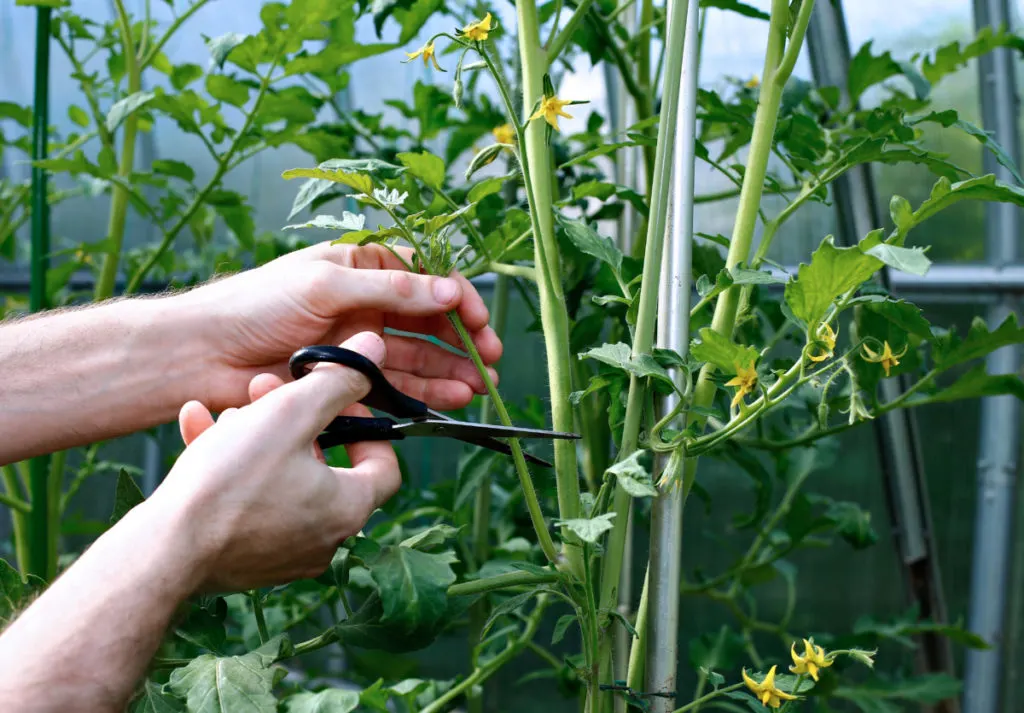
When a plant is already dealing with soaring temperatures, don’t stress the plant further. Pruning forces the plant to put extra energy into healing the cuts and putting out new growth. It needs to conserve energy now. Save pruning tasks for cooler, wetter weather.
Digging and transplanting can damage and disturb the root structure. The root structure is the plant’s best defense against heat stress, so again, leave these tasks for when the heatwave has passed.
8. Skip the Fertilizer
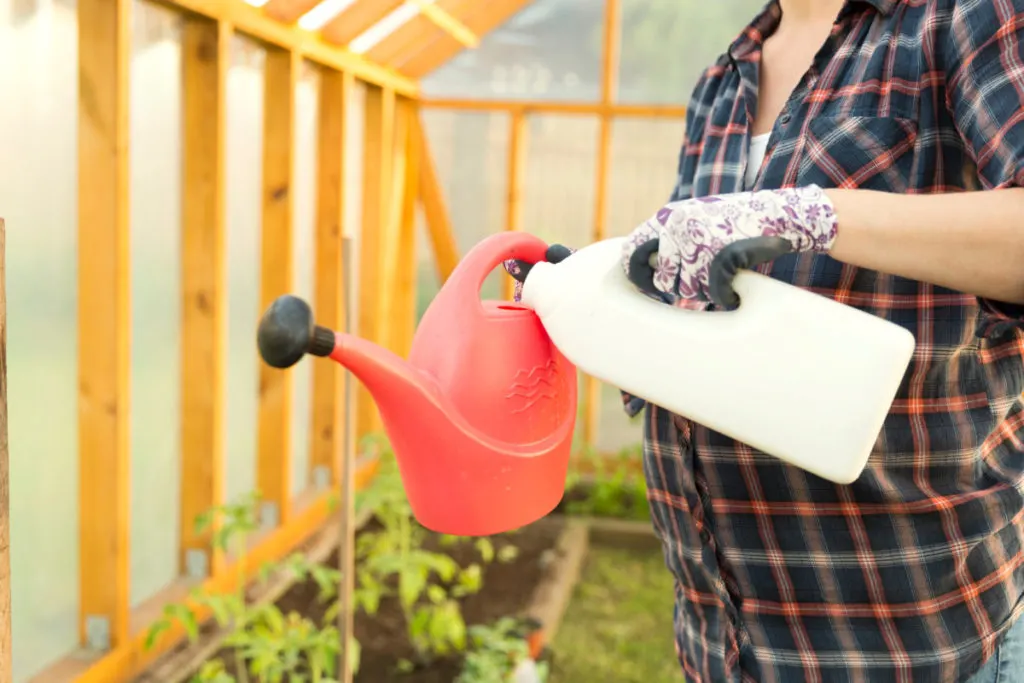
I know; it seems counter-intuitive. When we see our gardens struggling, we often reach for the fertilizer first. In this case, you’ll be doing more damage. Most fertilizers are salts, and applying them to dried-out plants will only dehydrate the plant further, or worse, result in fertilizer burn.
Aside from that, the plant uses energy to break down the nutrients in the fertilizer, so they’re available to use. Again, we want to conserve your plant’s energy right now.
9. Harvest What’s Ready, or Close to Ready
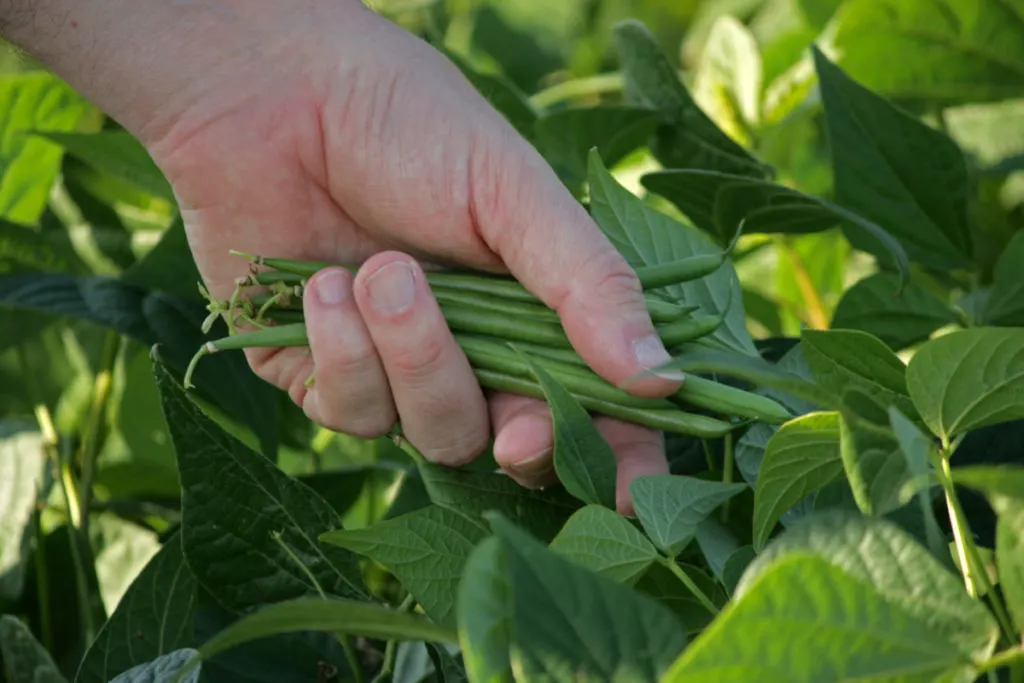
In keeping with conserving a plant’s energy, harvest fruit and vegetables as soon as they’re ready. Consider picking items like beans earlier. They might be a bit smaller but still quite tasty. If tomatoes can be picked and finish ripening on your counter, then do so.
The idea is to take as much stress off your plant as you can until the weather breaks. Picking veggies sooner does just that.
10. Add a Layer of Shade
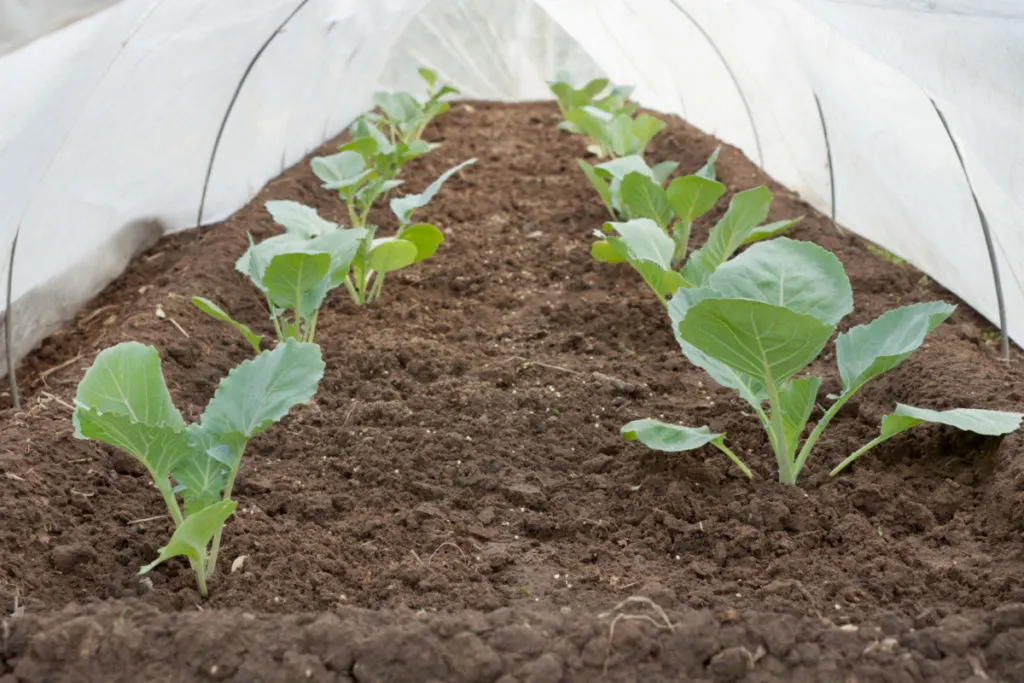
Consider shading plants with some old bedsheets or sheer curtains. White or light-colored bed sheets work best. You can usually find these items quite cheap at a local thrift store.
You can also pick up shade cloth made specifically for your garden. They tend to be more resistant to the harsh sun and other weather.
It’s especially important to shade heat intolerant plants like lettuces. No matter what you do, these plants will bolt when it gets hot, but shading them often gives you a few extra days to enjoy them or harvest all of them first.
Heat waves will break eventually. If you follow these steps, you can often prevent the total loss of your plants. Once the temperatures come down and you get a few good showers of rain, your garden will begin to produce again.

Get the famous Rural Sprout newsletter delivered to your inbox.
Including Sunday musings from our editor, Tracey, as well as “What’s Up Wednesday” our roundup of what’s in season and new article updates and alerts.

